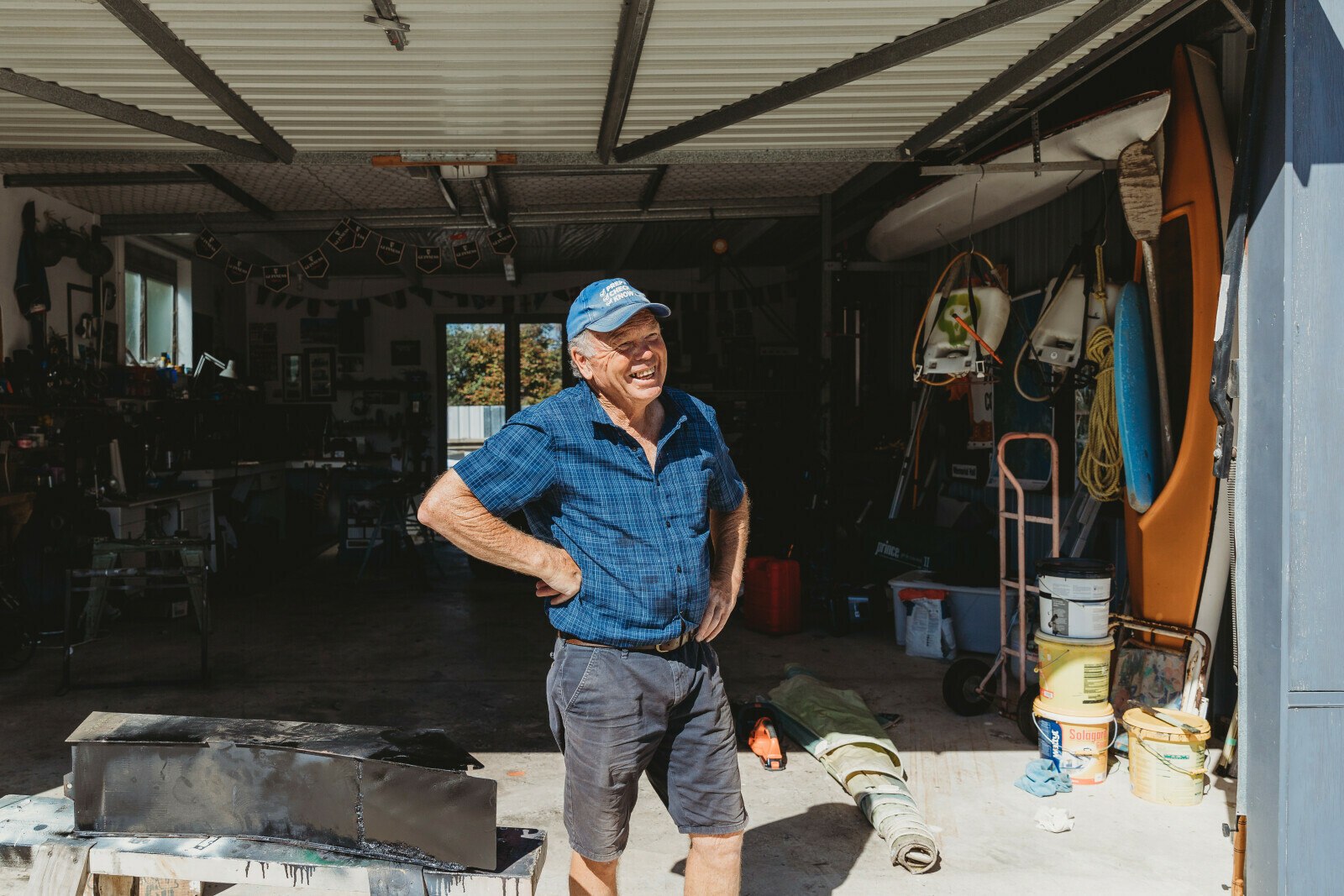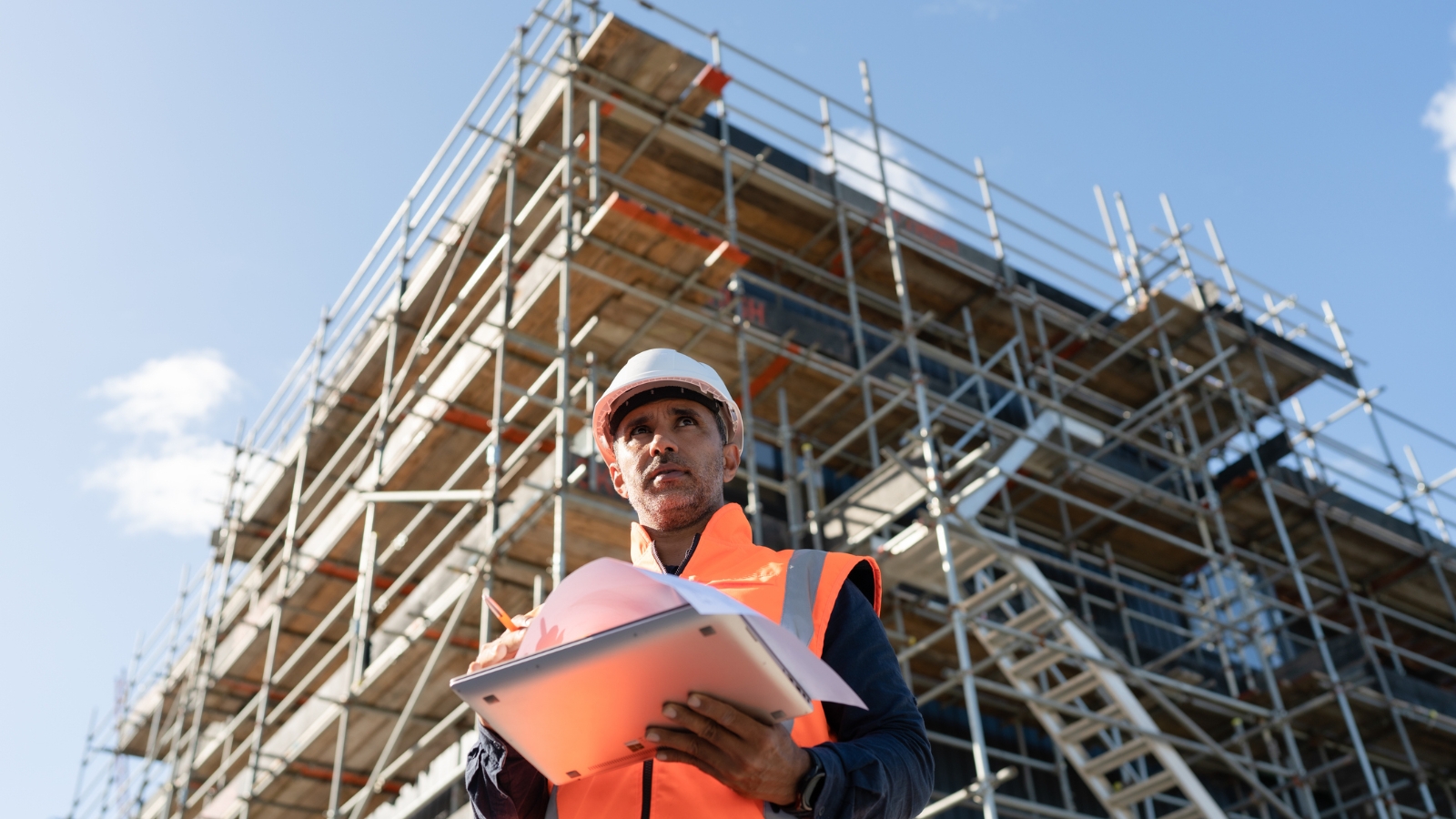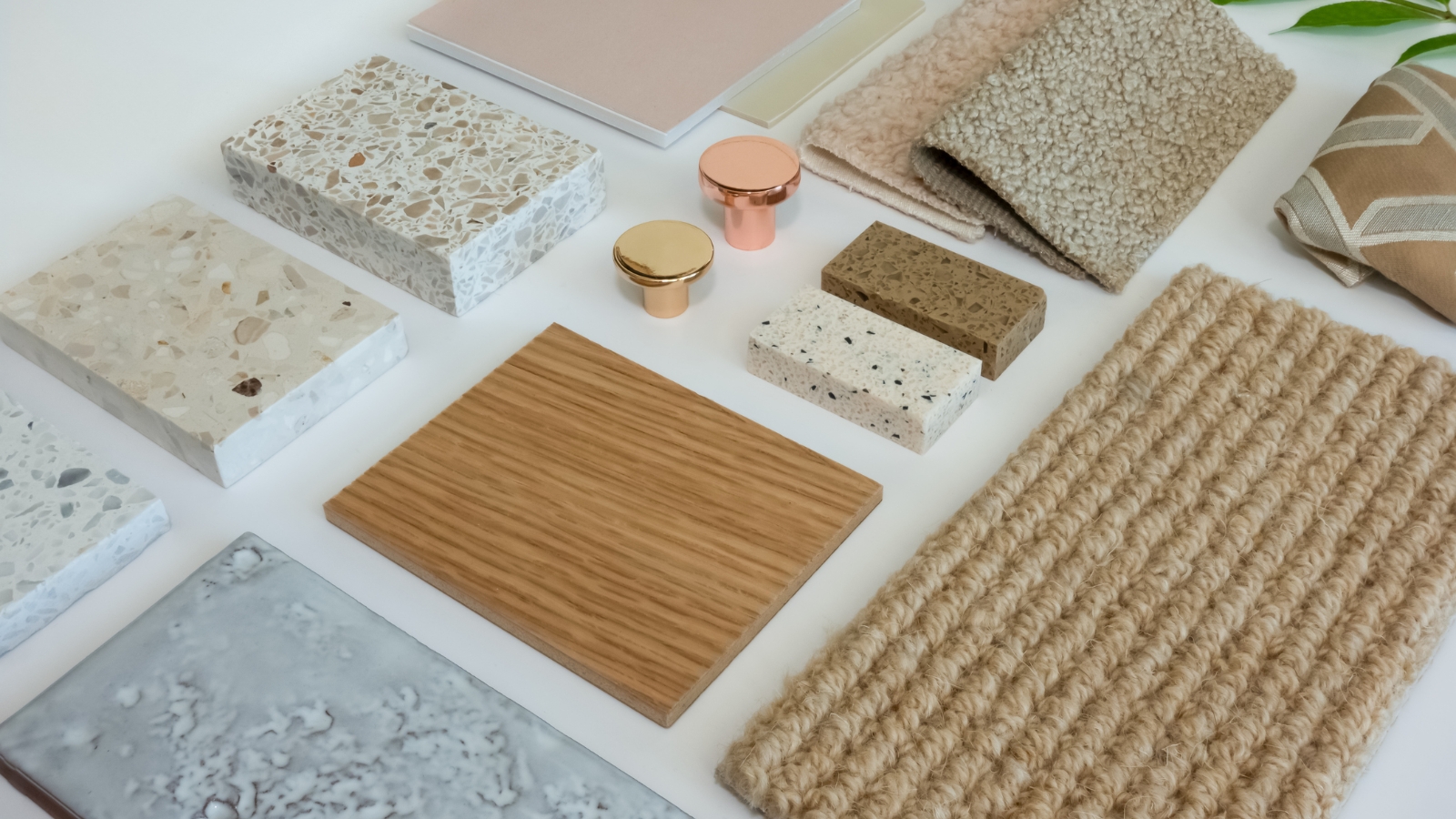Selling guide
Adding value to a property with a garage conversion
Converting a garage into a self-contained granny flat or extra room can add significant value to a property.
18 January 2024

It can be a complex decision, with many variables to factor in. To help you out we’ve bundled up some expert tips and insights for property owners who would like to make the most of a garage conversion.
Is the garage suitable for conversion?
First and foremost, it’s important to understand whether the garage is suitable to be converted into another room or self-contained granny flat. Here are some questions to get started.
- Ceiling height. Is the ceiling higher than 2.4 metres? This is the minimum ceiling height required for a habitable space. If the ceiling is lower than that, and the concrete slab of the garage floor is too expensive or difficult to remove, often raising the roof is the only option.
- Dimension. Is the garage large enough to justify the investment of time and money in a conversion?
- Overall look and feel. How will the property look once the conversion has been completed? Will the new room blend with the rest of the home?
- Off-street parking options. Does the property provide alternative off-street parking options? May the lack of off-street covered car parking put off some buyers?
An architect or builder can help you answer these and other questions, and work out whether your garage is suitable for the project you have in mind.
Does the project require building consent?
Generally speaking, even basic garage conversions require building consent, as you need to turn a non-habitable structure (Class 7.0 residential outbuilding) into a habitable space (Class 2.0). Basic conversions can include bathrooms (if they meet the rules), but not kitchens or laundries.
Adding a kitchen to a garage means converting it into a minor dwelling (or second household unit), in which case you will likely require both building consent and resource consent.
Also, it’s important to check the details of your zone before developing an extra dwelling or changing the use of a building as council rules may differ depending on zone.
As you can see, there’s a lot to make sense of, so it’s a good idea to contact the council and talk with an architect or a planner to better understand the feasibility of the project.
This building consent tool is also a good place to start. Keep in mind that unconsented garage conversions may make it difficult to sell the property – getting the appropriate consents and certifications is crucial.
Key considerations for garage conversions
Here’s a rundown of some of the alterations that you may need to make based on the Building Code, as part of your garage conversion:
- Replace the garage door. The sky is the limit – you may build a wall instead, replace it with a sliding door, or even install a glass garage door to create a statement.
- Cover the concrete flooring to make the space more comfortable, inviting, and functional. The floor will also need to be waterproofed.
- Curate the lighting. Is there enough natural lighting, or do you need to add some light sources?
- Prevent moisture. It’s important not to overlook the ventilation and drainage systems. This will avoid damage and make sure the room is healthy. If the walls are made of brick an additional layer of protection may be necessary (like a membrane or weather-resistant paint).
- Ensure energy efficiency. A clause in the Building Code is around energy efficiency and the use of natural resources. This means that ventilation and lighting sources need to comply with the requirements.
Granny flat or just extra space?
The answer to this question depends on your needs and goals as a vendor. You may just want to increase the size of the property, adding a rumpus, an entertainment room, or an extra bedroom that buyers can use for guests or a teenage child. In this case, if the space allows it, you might consider including a bathroom in the plan – and add even more value.
Or, you might be looking at selling the converted garage as an opportunity for ‘home and income’. This can be very appealing for first-home buyers, as they could use the rent from the ‘granny flat’ to pay their mortgage faster. And investors may see it as a double source of income.
Of course, this second household unit will need enough space for a bathroom and a kitchen to be fully self-contained, which involves additional consents and extra costs.
Garage conversion costs
Most builders’ websites we have found agree that costs for garage conversions vary widely. The numbers below don’t include GST, architect fees, consent fees, excavation, and engineer fees. They are rough guides only from September 2023, and they must be taken with a grain of salt:
- Basic conversion of a 30 sqm garage into a room: $37,000 - $45,000.
- Typical conversion of a 30 sqm garage into a granny flat (including kitchen and bathroom): $52,000 - $64,500.
- Cost of building a granny flat detached from the main house: $90,000 - $150,000.
As you can see, adding that extra room or dwelling is an investment but if well-designed and planned, it can really add to the final sale price of any property.
Get help with List Now
The good news is, you don’t have to fund the renovation costs out of your pocket...
List Now is a privately owned and operated New Zealand company that specialises in simplifying the selling process. Their mission is to help Kiwi vendors make the most of their property opportunities with their smart finance tools. Learn more about how they could help you here.
Author
Other articles you might like






